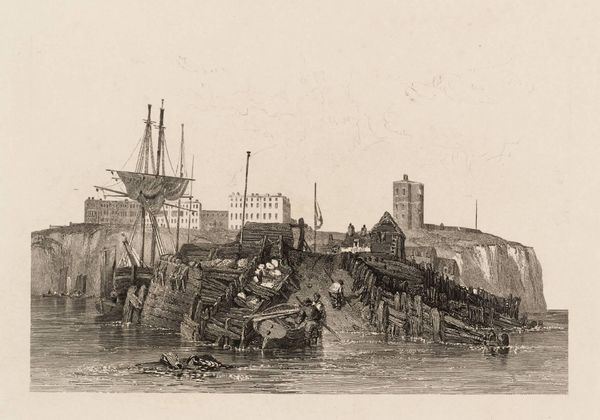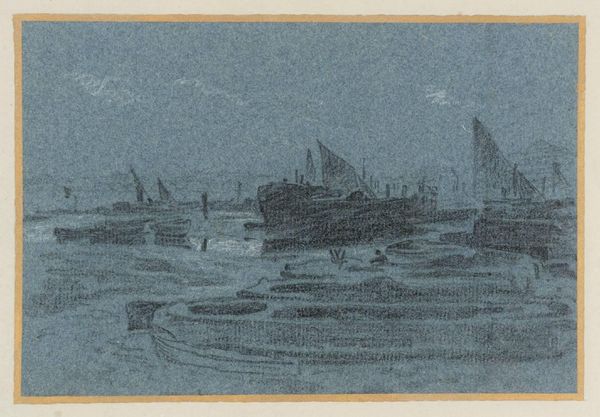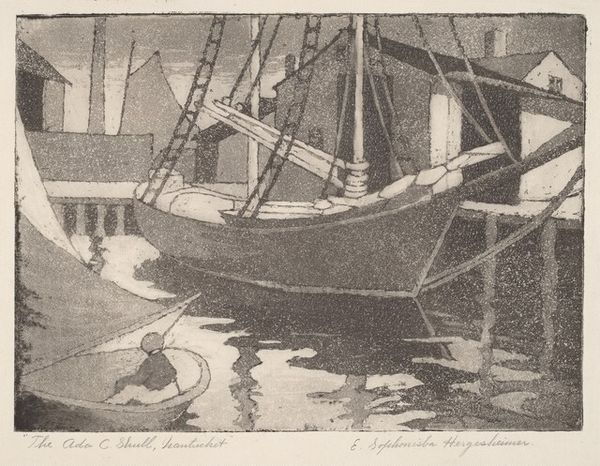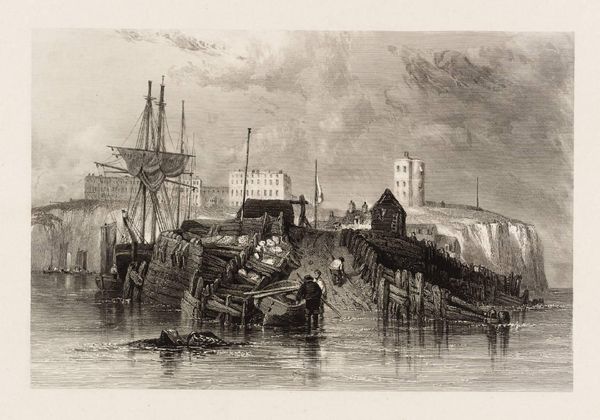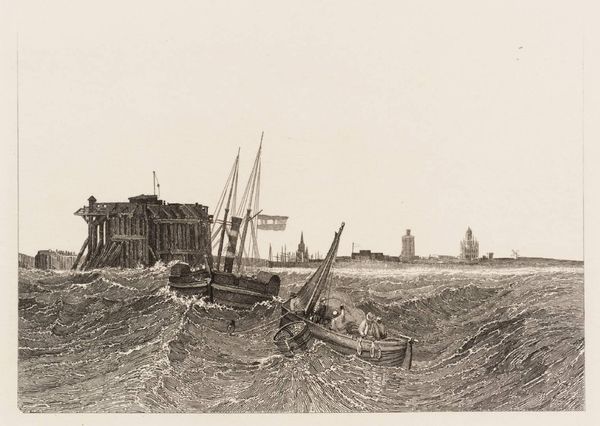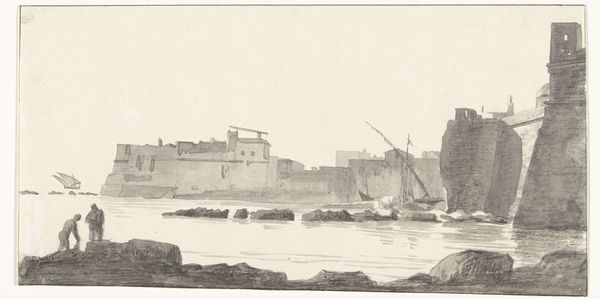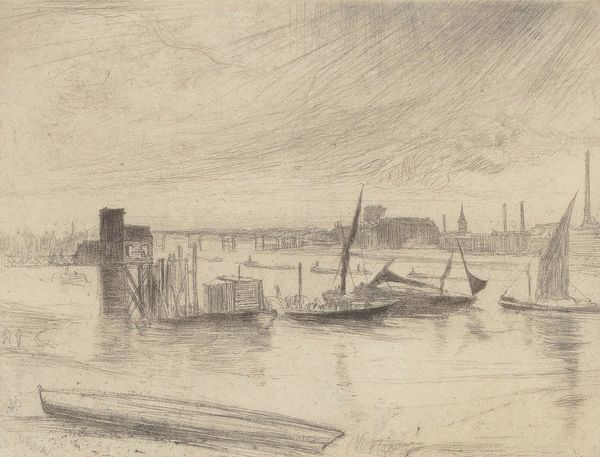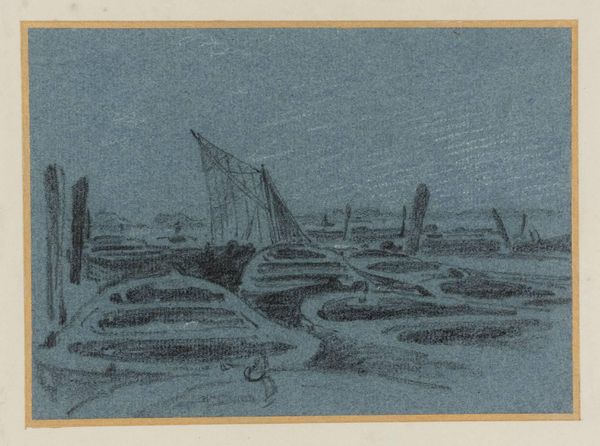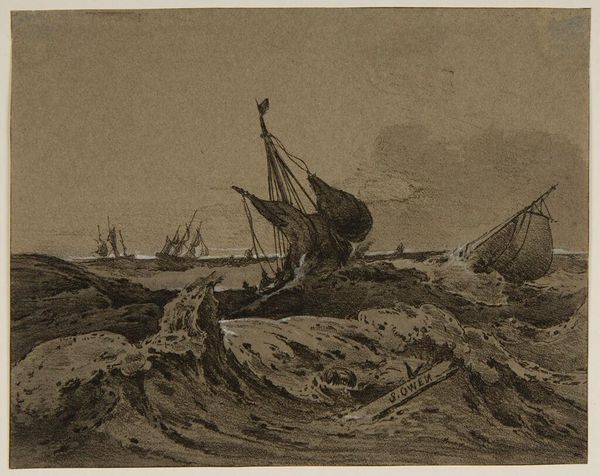
drawing, print, pencil, graphite
#
pencil drawn
#
drawing
# print
#
pencil sketch
#
landscape
#
charcoal drawing
#
pencil drawing
#
pencil
#
graphite
#
cityscape
#
pencil work
#
realism
Copyright: National Gallery of Art: CC0 1.0
Editor: This is Jacob Kainen's "River Piece" from 1940, rendered in pencil or graphite. It evokes a quiet, almost somber mood, don't you think? All that gray makes it feel… distant. What symbols or hidden meanings do you see embedded in this cityscape? Curator: This piece, to me, speaks of the liminal space between industry and human experience. The river, a symbol of constant change and flow, reflects a world in transition. Look at the solitary figure, perhaps a worker, gazing out. Does he seem hopeful or weary? The ambiguity is powerful. Editor: Weary, I think. Especially with those massive, looming buildings in the background. Are they meant to symbolize something specific? Curator: Perhaps. Those structures, softened and blurred, could represent the overwhelming nature of urban life, the anonymity it imposes. Think about how water is often symbolic of the unconscious. Kainen may be subtly commenting on the individual's place within a rapidly industrializing society, a loss of identity. Notice the repetition of vertical forms – pilings, masts, and smokestacks – all pointing upwards. Editor: Like reaching for something? Or perhaps those forms also feel restrictive? Curator: Exactly. Ambiguity reigns, offering a tension. These could also symbolize aspirations, reaching for progress, yet simultaneously confining, limiting individual agency within rigid structures. What feelings arise when you look at this print? Editor: It’s fascinating how much complexity comes out of what seems like a simple sketch at first glance. I’m seeing those deeper layers of meaning now, thanks to your perspective. Curator: Indeed. Art provides a potent lens for cultural introspection. Reflect on these elements. Consider that the visual vocabulary of forms are shaped and interpreted by the experiences of life and society, of which there may not be one single meaning at all.
Comments
No comments
Be the first to comment and join the conversation on the ultimate creative platform.
